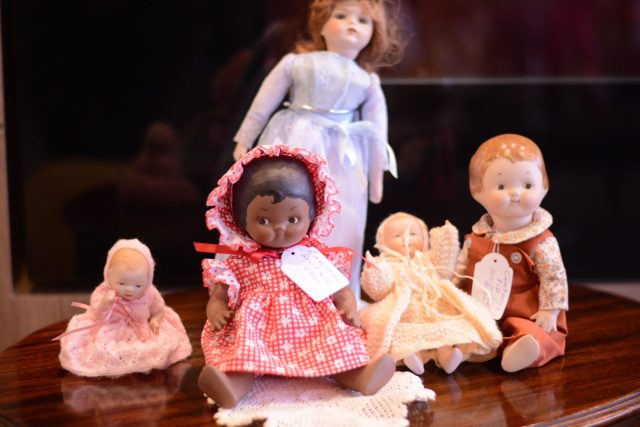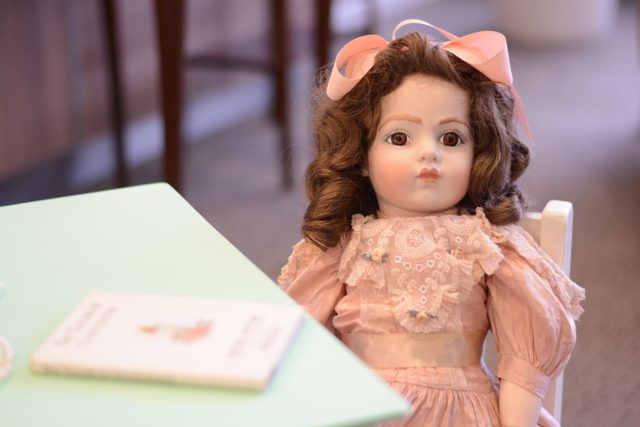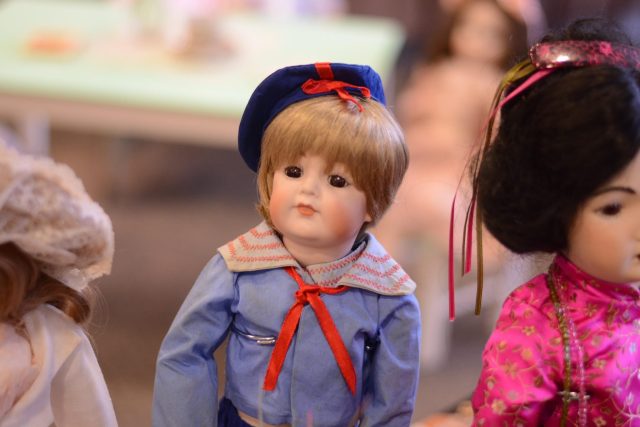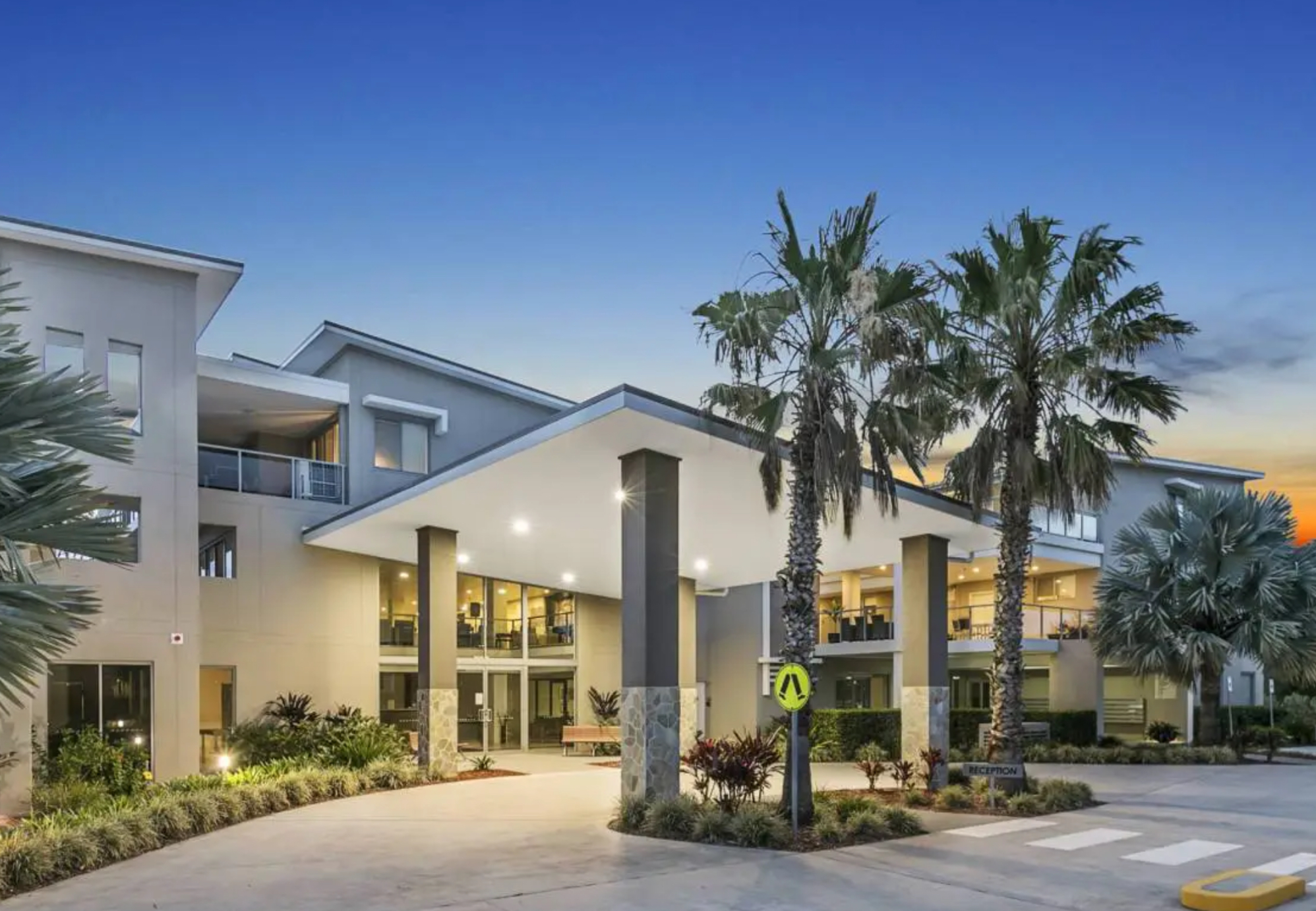One of the most attractive parts of retirement that many people look forward to is having more time to devote to their passions. For some people it’s travel, for others it’s gardening, and for some people it’s arts and crafts. One resident at Stafford Lakes Retirement Community, Margaret Henderson, not only delights in her artistic pursuit, but it’s something that also brings joy to other residents. Margaret is an avid maker and collector of dolls, and her collection showcases Margaret’s immense talent and attention to detail.

The Ladies Friendship Group at Stafford Lakes meets every second Thursday and enjoy activities such as watching a movie with champagne, trivia, restaurant trips, and guest speakers. They were recently treated to a presentation from Margaret who displayed some of the most beautiful dolls she has made and how she developed her interest in dolls and doll-making.
Margaret joined the Brisbane Dolls Society in 1970’s where she began to grow her skills. She was always interested in dolls growing up but there was very limited availability after the Second World War as many dolls came from France, Germany, and England, which put them short supply. Margaret’s grandma used to make rag dolls so they shared this pastime together. Margaret was always interested in all sorts of crafts, and painting, sewing, and doll-making really tapped into all those craft skills. She was also interested in the great history of dolls: the different eras, styles, and heritages create a rich background to the art. For example, Campbell’s, makers of Campbell’s soup, released the Campbell’s kids range of dolls which are in Margaret’s collection.

This isn’t just a handful of dolls – it is an impressive collection. There are 75 dolls in Margaret’s collection now and this is after she has downsized over the last few years! Even more impressive is that Margaret has made all her dolls.
Margaret spoke about the process of making the dolls at the Ladies Friendship Group. She started out by joining dolls clubs, meeting like-minded people, and attending different classes where she learned about reproduction dolls. To make her dolls, Margaret first gets ideas by going to the style of that period to make dresses through researching books and history of that period. She then orders the ‘green ware’ porcelain cast which is the blank base. The green ware is painted, fired in a kiln, and then sometimes fired again. She strings the dolls together which can be quite tricky. Eyes are put on the face, then the wigs are glued on. Margaret then adds finishing touches, dressing the doll in the selected style. She gets dress patterns from all over the world and from doll books which have the patterns and styles of different eras. She particularly likes the history of the dolls, enjoying the different processes required depending on the era and heritage of the dolls she is working on.
It can take a week or even a few weeks for Margaret to put a doll together. She also used to browse op shops and find pedigree English dolls that had been handed in and she would restore them. Margaret says it is a really lovely hobby. She says that you’re working on a doll, you can just switch off and get wrapped up in the process and craft.

Margaret’s extensive skills are also of use to her fellow Stafford Lakes residents. She was contacted by a resident who had a doll that belonged to her mother and is over 100 years old. Margaret has connected that resident to a well-known and regarded doll-maker from Brisbane who is an expert in fixing and repairing dolls. Margaret is going to work with the doll-maker to restore the special doll.
Thank you very much to Margaret for sharing her exceptional knowledge with us! If you would like to find out more about the Stafford Lakes Retirement Community, please visit the web page here, or book a tour here.




